2019 was a great year for technology. We saw many fantastic devices and new technologies launch. Triple camera arrays became popular, giving us a variety of ways to shoot. The Pixel 3a brought a flagship Pixel camera to the mid-range. Bezels started disappearing entirely. The true wireless earphone market absolutely exploded. There’s no doubt that it was a wonderful year for us geeks. However, not every new tech and trend went right. Here is some of the most useless tech of 2019.
Motion Sense
![]()
Motion Sense is one of the standout features of the new Pixel 4. Well, it stands out by being fairly useless. In a market where differentiating yourself from the other black slabs with thin bezels is tough, Google chose to give up that modern bezel-free aesthetic in exchange for motion controls built into a large forehead. And how did this work out for Google? Sadly, not very well.
The motion controls ended up very limited in what they can do. You can swipe your hand across the device to change songs or silence an alarm, but not much else. Basically it only recognizes hand swipes. There’s no finer control, and what you can do with the feature is very limited. Add in the fact that it doesn’t even work that well in the few scenarios where it can be used, and it’s only available in a few countries, and it’s easy to see how the feature ended up being a flop. We’ll be surprised if Google doesn’t drop it from the next generation of Pixel.
AirPods carrying strap
When Bluetooth earphones really became popular, they still had a cord connecting the two sides together. This was a big step up from a wired connection, but you still had a cord wrapping around the back of your neck that was incredibly annoying. So when true wireless earphones came out (and were subsequently popularized by Apple), the wireless experience became so much better. This was truly the end of wires.
But for some people, this didn’t work out the way they wanted it. It’s so easy to lose those little AirPods and a replacement costs a whopping $69. And when you remove them, you have to carefully put them in your case. What is a clumsy person to do?
Well apparently the answer is a carrying strap that connects the two earphones, effectively setting us back a few years. Sure, this is nothing new in 2019, but the idea made a resurgence late this year thanks to the wonderful world of memes. Thanks for the giggle, Nordstrom.
AirPower
This is an interesting one. Apple announced AirPower, a charging mat that can charge your iPhone, AirPods, and Apple Watch all at the same time, over two years ago. Back then they were claiming a 2018 release date, hopeful to have the product out for its customers to use with Apple’s newfound adoption of wireless charging. But delay after delay was announced, and Apple eventually canceled the project.
So AirPower is useless because it doesn’t exist. The company said that they could not make the product meet their high standards, so they wouldn’t build it. Other companies have managed to deliver on the promise of a mat that will wirelessly charge all of your devices, and it comes at a lower price than what Apple would have charged, so it’s not a huge loss to tech enthusiasts. However we still would have loved to see Apple’s take on a basic wireless charging mat.
Samsung Galaxy Fold
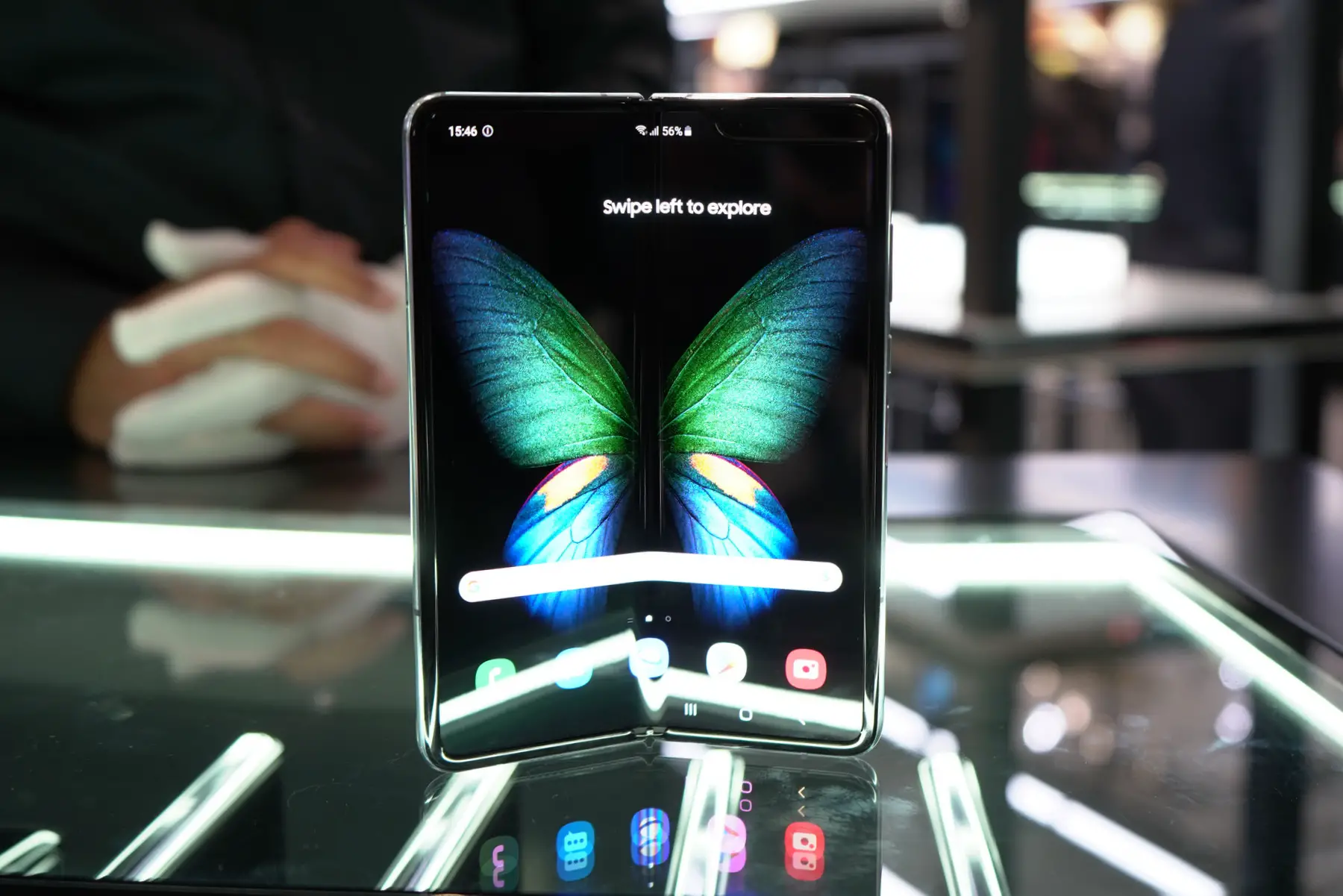
Don’t get us wrong, the Samsung Galaxy Fold isn’t an inherently useless device. No, it’s a very functional phone that can do the job of a smallish, squarish tablet and a normal phone with massive bezels straight out of 2005. It’s a first-gen device that has its quirks (and features) but a lot of people love using them.
No, they’re far from useless. Until they break. The Galaxy Fold has long been known for its reliability issues. Screen failures were all but guaranteed in the first batch sent out to press. There were holes in the hinge that allowed particles to get under the display and ruin it. Even after Samsung allegedly fixed these issues, we’ve already seen a few display failures. This is on top of the plastic display being soft enough to deeply mar with a fingernail. This device wasn’t designed to last, and last it will not. So eventually, and that eventually comes quicker than usual… it will be useless.
Google Stadia
This one is hard to include because it has so much potential. Google Stadia is a game streaming service that lets you play demanding video games on “any display.” Rather than using local hardware processing, the heavy lifting is done by Google’s servers and the data is streamed to your device, whether it be a phone, a computer, or a Chromecast Ultra. The premise is amazing!
Unfortunately, as we sit here in early 2020 the service is still hard to recommend. Stadia launched without most of the announced and expected features like achievements, Stream Connect, State Share, Crowd Play, Family Sharing, and a lot more. Even worse is that you’re greatly limited to what you can play on. PCs only support 1080p even if you’re paying for 4K streaming. Pixels are the only supported phones, so mobile gaming isn’t possible for most people. And until recently, you could only use the included Chromecast Ultra, limiting you to one TV. Throw in having to rebuy all your games just to play with major latency problems, and it’s a hard sell.
That’s not to say that it will always be useless. 2020 might be the year of Stadia, with Google fixing the issues, giving it all of its missing features and opening up the game library. Stadia has tons of potential and may soon be great. But in 2019, it was a bit useless.
RED Hydrogen One
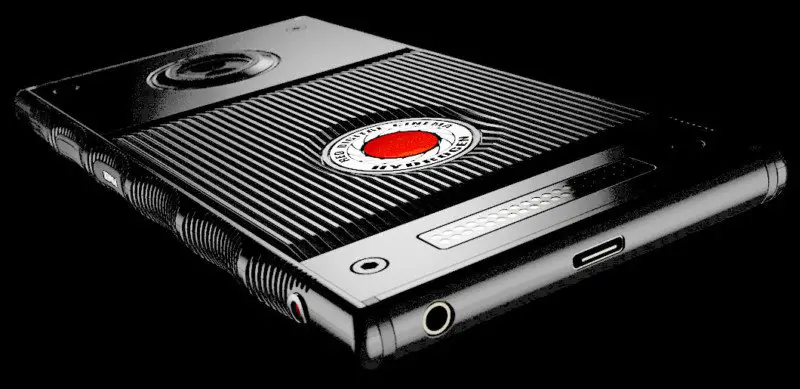
The RED Hydrogen One was an exciting device. Though RED was well known for its professional cinema cameras, this was its first foray into smartphones. We were promised a device with a glasses-free 3D display, amazing cameras, and a variety of modular accessories.
What we got was… not quite what was promised. The device launched after many delays with its 3D display, but the camera was nothing more than mediocre and the modular accessories were nowhere in sight. Those accessories never came, leaving people with a very expensive device that really didn’t do anything exceptionally well. Besides being a hefty brick (and that’s a compliment!).
The device released in 2018, but it wasn’t until 2019 where our hopes for those promised accessories and a successor were dashed. Many were still holding out for the high-end camera attachment, which would provide you with a high-end sensor and the ability to attach lenses to it. This would have at least made the device useful to those who needed a massive sensor. Alas, no such luck.
ToF camera
First we got dual cameras. Whether this was a black and white sensor for more detail and better low light, or it was a wide-angle sensor for a unique and beautiful perspective, this changed the game from a megapixel race to a camera sensor race. Then we got triple cameras, which gave us more options. A telephoto zoom for a more DSLR-like perspective? Awesome. 5X periscope zoom? Even better!
However, the fourth sensor we started to see in 2019 was the ToF camera. This stands for time-of-flight and is used for calculating the distance to objects in the image. This can be used for basic artificial depth of field, but augmented reality (AR) applications were the more interesting use for these sensors.
However, this never took off, and exactly no one is surprised. Proprietary implementation by each company means these applications will always be niche. Maybe ToF cameras will be useful someday, but the current crop will likely never see proper utilization thanks to a standard for developers simply not existing.

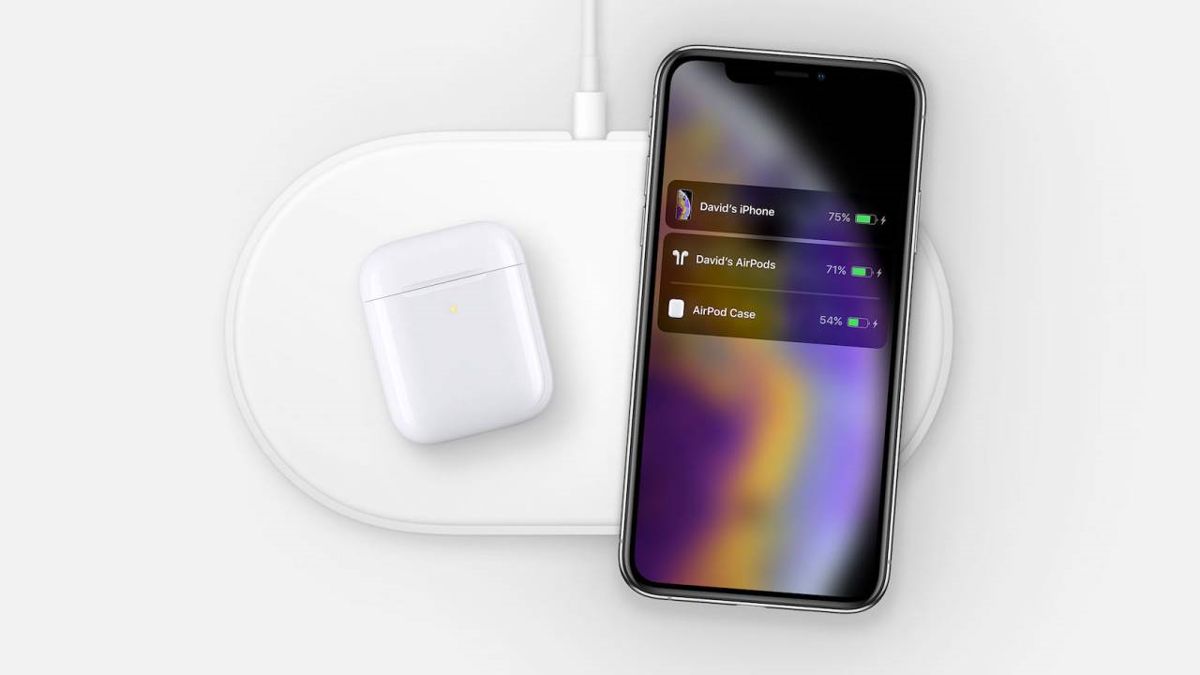

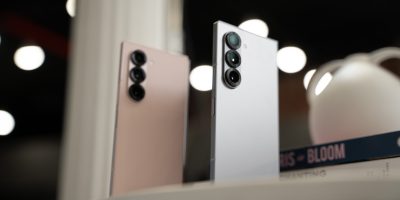
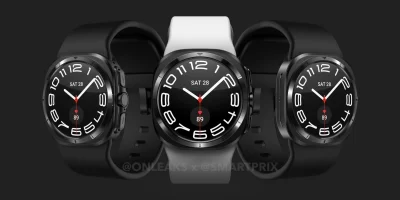






Comments